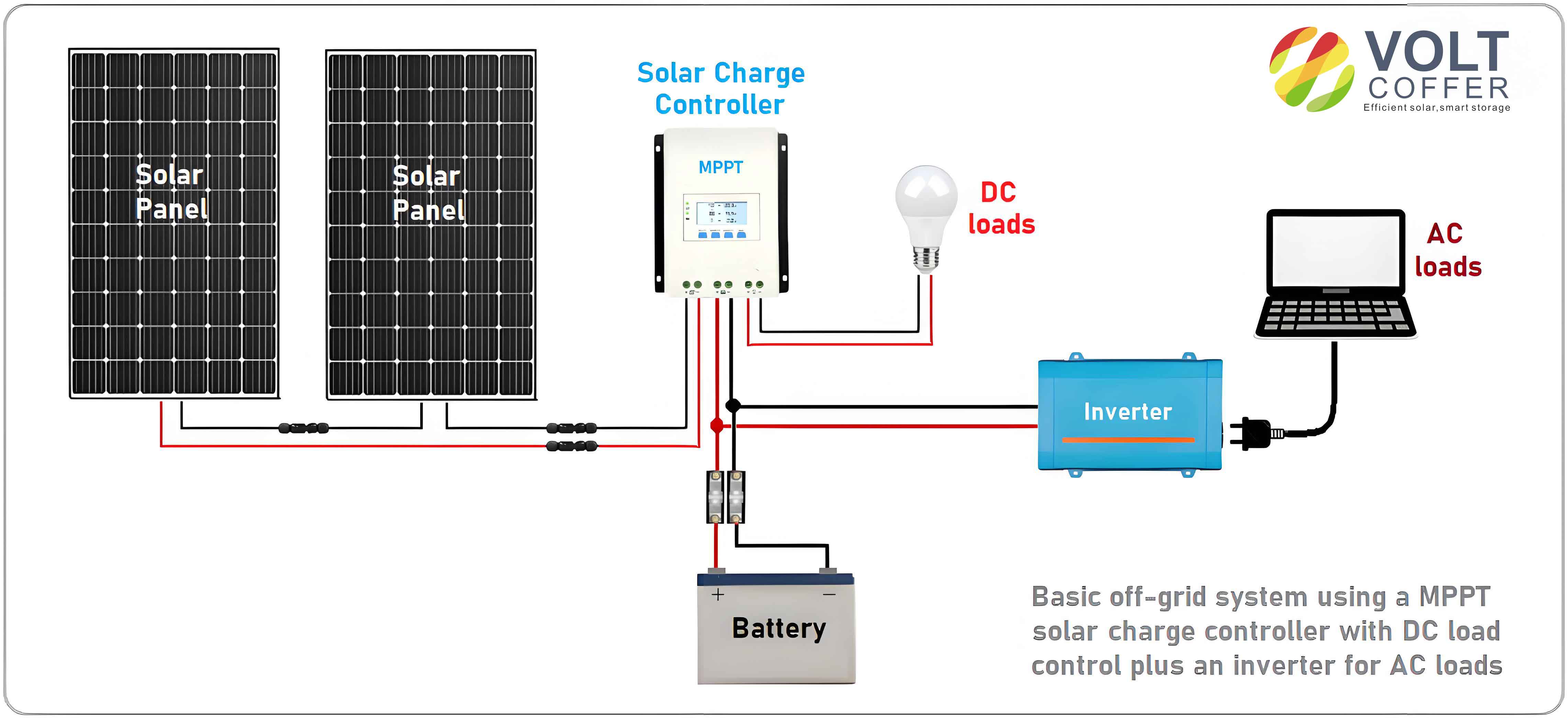
I. Introduction
The efficient operation of photovoltaic (PV) systems is crucial for maximizing energy generation. However, partial shading can significantly reduce the performance of photovoltaic (PV) systems. This chapter focuses on a novel maximum power point tracking (MPPT) control strategy based on a fusion improved PSO-PO algorithm to address the challenges posed by partial shading.
II. Background on Partial Shading and maximum power point tracking (MPPT)
A. Impact of partial shading on photovoltaic (PV) systems
- Explain how partial shading occurs and its effects on power output.
- Discuss the challenges it presents for traditional maximum power point tracking (MPPT) methods.
B. Overview of maximum power point tracking (MPPT) techniques
- Briefly describe different maximum power point tracking (MPPT) algorithms and their advantages and disadvantages.
III. Fusion Improved PSO-PO Algorithm
A. Description of the algorithm
- Explain the principles and steps of the fusion improved PSO-PO algorithm.
- Highlight how it combines the strengths of Particle Swarm Optimization (PSO) and Pattern Search Optimization (PO).
B. Advantages of the algorithm
- Discuss how the fusion algorithm overcomes the limitations of individual algorithms.
- Explain its improved performance in terms of convergence speed and accuracy.
IV. Experimental Results and Analysis
A. Experimental setup
- Describe the experimental setup used to test the algorithm.
- Include details about the photovoltaic (PV) system, shading conditions, and measurement equipment.
B. Results presentation
- Present the results of applying the fusion improved PSO-PO algorithm under partial shading.
- Use graphs and tables to show power output, convergence time, and other relevant parameters.
C. Analysis of results
- Compare the performance of the fusion algorithm with traditional maximum power point tracking (MPPT) methods.
- Discuss the benefits and limitations of the algorithm based on the experimental results.
V. Charts and Graphs
A. Chart 1: Comparison of power output under different shading conditions
| Shading Condition | Traditional MPPT | Fusion Algorithm |
|---|---|---|
| Mild shading | [Power value 1] | [Power value 2] |
| Moderate shading | [Power value 3] | [Power value 4] |
| Severe shading | [Power value 5] | [Power value 6] |
B. Graph 1: Convergence time of different algorithms
Show a line graph comparing the convergence time of the fusion algorithm, PSO, and PO.
C. Chart 2: Accuracy of maximum power point tracking (MPPT) methods
| MPPT Method | Accuracy (%) |
|---|---|
| Traditional MPPT | [Accuracy value 1] |
| PSO | [Accuracy value 2] |
| PO | [Accuracy value 3] |
| Fusion Algorithm | [Accuracy value 4] |
VI. Conclusion
A. Summary of key findings
- Summarize the main results and contributions of the chapter.
- Highlight the effectiveness of the fusion improved PSO-PO algorithm under partial shading.
B. Future research directions
- Suggest areas for further improvement and research.
- Discuss potential applications and extensions of the algorithm.
In conclusion, this chapter presents a novel maximum power point tracking (MPPT) control strategy based on a fusion improved PSO-PO algorithm for photovoltaic (PV) systems under partial shading. The experimental results demonstrate its superiority over traditional maximum power point tracking (MPPT) methods in terms of power output, convergence speed, and accuracy. The use of charts and graphs helps to visualize the results and make the comparison more intuitive. Future research can focus on further optimizing the algorithm and exploring its applications in different scenarios.
